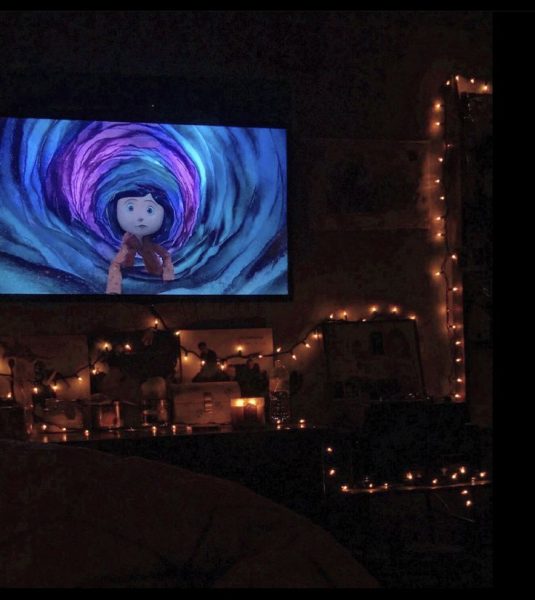Mental Health Awareness Month

May 29, 2021
There is a widespread social stigma surrounding the topic of mental health. However, in reality, conditions and illnesses affecting people’s well-being are quite common. A staggering one in five U.S. adults suffers from a mental health condition at some point in their lives. Despite the frequent dismissal of adolescent mental health issues seen as ‘teen drama’, 50% of all lifetime mental illnesses begin at age 14. May is the month to raise awareness of those living with mental or behavioral health issues and to help reduce the stigma that so many experiences.
Society’s acceptance of mental health is not something fairly recent. The days of psychiatric asylums and lobotomies aren’t as far in the past as some might think. Regardless of new research and medical knowledge, problems surrounding mental health have persisted. Up until the late 1960s, anyone with mental health issues fell under the umbrella of “crazy” or “hysterical” (for the most part.) This lack of understanding and acknowledgment of mental health has remained pervasive and prevents people from getting the help they need. For generations, mental health issues were considered a sign of weakness, or as someone being overdramatic. Fortunately, there have been many improvements and initiatives by society to break the stigma and understand this complex concept.
In 2021, mental health has become a universal topic as people are coping with the unprecedented isolation of an international quarantine. The National Alliance on Mental Illness, in response to this growing issue, put out a simple yet powerful message: “You Are Not Alone”. Many health organizations have shared similar messages as America’s mental health crisis grows rampant. A key part of tearing down the stigma associated with mental health is deconstructing stereotypes and myths. The idea of mental health being a silent struggle is immeasurably damaging and stops people who need support from reaching out. It also further stigmatizes mental illness by characterizing it as something that’s extremely private, to the point of being shameful.
Over the years, with improved access to technology, there are more resources available for those struggling. While many of us have become familiar with online tools like Zoom through school or work, others have been using said tools to attend virtual therapy sessions. These sessions, virtual mental health screenings, help lines, and countless other digital resources are a testament to how much the digital age has improved access to mental health initiatives. In addition, resources provided at school and in the workplace are hopeful signs that mental health may finally be getting the full attention it deserves. However, there is still a long way to go.
Another major hurdle for those seeking treatment for mental health issues is the cost. While the social stigma surrounding the issue is finally letting up, insurance companies are not. It can be next to impossible to find a therapist or other specialist who is covered by health insurance. Many Americans can’t afford treatment outside of their insurance plans. For the 27.5 million Americans with no health insurance at all, the chances of being able to seek help are slim to none.
Mental health is a complicated topic that will forever need attention and support. An issue with such deep roots in cultural stigma and financial issues needs careful consideration and change. The most important thing to remember is learning how to take care of oneself. Taking care of one’s mental stability prevents burnout, increases mood and productivity, boosts creativity, and benefits all aspects of life. So for this Mental Health Awareness Month, spend some time learning about different mental health issues and checking in on loved ones. There are many ways to support and be there for a friend or family member who is struggling through a difficult time. Mental illnesses are invisible and everyone must come together to raise awareness and take care of one another.










